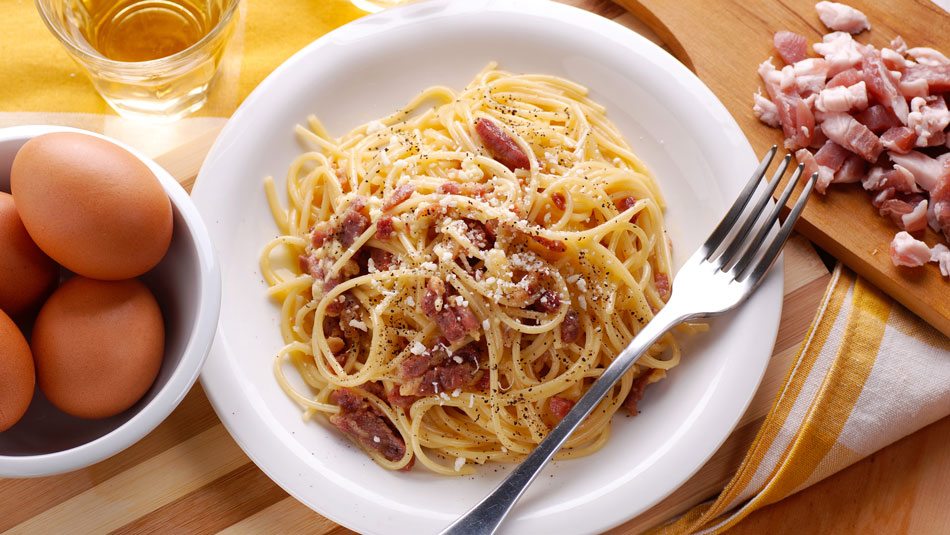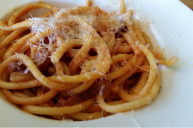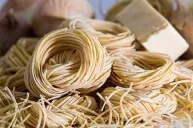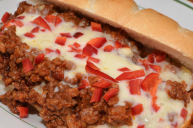Oh, pasta. Such a simple and satisfying meal. However, even the most experienced cooks can make basic mistakes when they prepare more unusual pasta dishes like an authentic spaghetti carbonara. Whether it's because they mistakenly selected an odd adaptation or they mis-cooked the eggs, mistakes happen.
Despite their inevitability, to reduce mistakes in the kitchen, it helps to know the common pitfalls. This way, you can watch out and easily fix errors at every step. With a little vigilance, you can almost guarantee you'll plate the perfect Spaghetti Carbonara each and every time.
1. Cook pasta for less than you think.
This trick is not exclusive to spaghetti carbonara, but it is very important nonetheless. For the perfect pasta, you really want it to be al dente - that means slightly chewy but not mushy. This takes about 7-9 minutes. The reason for this is twofold.
Firstly, al dente pasta is like cooking your steak medium-rare. It's that perfect balance between safe to eat and full of texture. Secondly, pasta will continue to cook for about a minute after it is taken out of boiling water. Therefore, if you overcook it slightly in the pot, by the time, it gets to your plate it is going to be quite overcooked.
2. Use a tablespoon of pasta water.
This is a trick I learned from an Italian friend of mine. The flavor of the pasta noodles are a very important component of any pasta dish. Adding a little of the pasta water to a sauce works to wonderfully intensify the flavors.
Plus, pasta water has all the extra starch that drained off the noodles, which will help thicken sauces and bind flavors together.
3. Do not use cream.
Although it has become a popular variation to use cream in a spaghetti carbonara, this is not an ingredient that was originally in the recipe. The creaminess of the dish should come from the combination of eggs and reserved pasta water.
So do not forget to reserve a few tablespoons of the water you cooked your pasta in! In fact, just start making this a practice for whenever you cook a pasta dish. It will really enhance the flavor of any sauce that you make.
4. All about eggs.
Egg yolks are a powerful emulsifier as well as a useful aid in binding pork fat to sauce to create a smooth, velvety texture that will please any pallet. Therefore, it is essential that the eggs in spaghetti carbonara are properly cooked so that you attain the ideal texture for the dish.
There are a variety of methods to ensure that you egg mixes evenly with the rest of the ingredients. Some recipes suggest beating your eggs in a heated bowl while others swear that it is essential to toss them in the skillet as soon as the pancetta is fully cooked.
Yet others say that you should mix them into the pasta pot when all the other ingredients are added. The difficulty with all of these is that you have to ensure that everything is hot enough for the cheese to melt while cool enough not to scramble the eggs. Generally, this occurs at 145 degrees Fahrenheit.
Unfortunately, the only way to perfect your technique and side step this potential pitfall is through practice. So you may need to make quite a few dishes of Spaghetti Carbonara before you are comfortable creating a fail-proof sauce.
5. You need the perfect pasta to pork ratio.
https://www.instagram.com/p/BfKEWfmFtIR/?tagged=spaghetticarbonara
There are many things that spaghetti carbonara recipes do not agree on, but the ratio of pork to pasta is not one of them. Besides the necessity of using proper Italian pancetta or guanciale instead of cheap American bacon, you need to make sure that you are using enough.
For every one pound of pasta, you should be using ½ a cup of cured Italian meat. At the same time, you should be using 1 cup of Pecorino Romano or Parmagiano-Reggiano. Using these proportions will give you the ideal taste profile where none of the involved ingredients will be overpowered and instead work in harmony.
Get a great recipe for spaghetti carbonara here.




